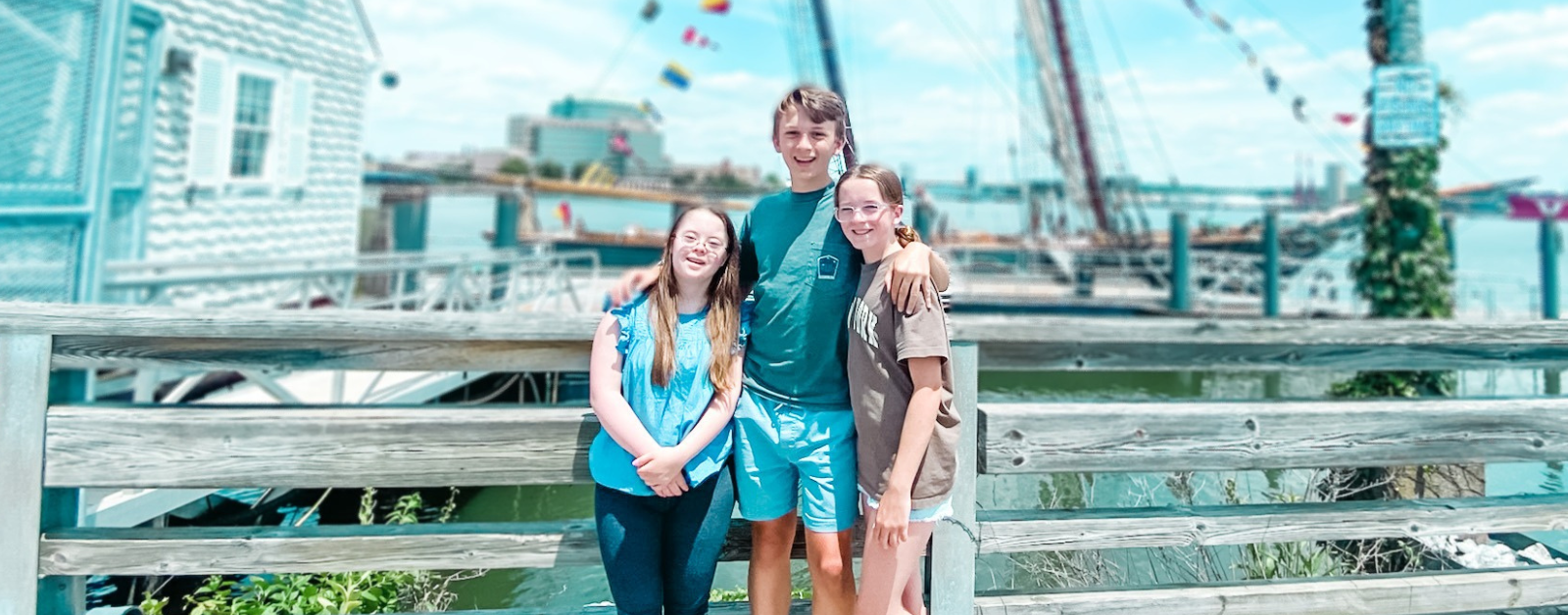We’ve traveled down south with our kids to learn the history of racial injustice there. But how do we narrate the reality of northern complicity in racial injustice?
We started to explore these questions over our recent family vacation with a trip to New Haven. We learned about the Amistad, a schooner from Cuba on which enslaved men revolted and sailed the ship along the eastern seaboard until they were imprisoned in New Haven.
We learned about the cotton gin, both a marvel of innovation by a Connecticut native as well as an invention that “unintentionally strengthened the institution of slavery in the American south.”
We walked through a neighborhood where groups of Black southerners migrated in the first half of the 20th century.
We stopped to see “witness stones,” marking the names of enslaved people who once lived in houses around the historic and bucolic town green of Guilford, CT.
None of these sights evoked the same fear or anger or sorrow as some of the museums and sites down south.
It made me think of the difference in growing up in a family with active abuse and with passive neglect. It is hard to tell the story of neglect and passivity. It is hard to tell the story of not being loved enough.
It is also hard to heal from the damage of neglect, the wounds of absence, the harm of passivity.
The story of racial injustice in the north is a story of neglect, passivity, absence, and complicity. It is a story that needs to be told so that the damage can lead to repair and the harm can lead to healing.
More with Amy Julia:
- A 3-Day Civil Rights Tour Itinerary for Families
- When You Say the Wrong Thing
- On Juneteenth, Beyond Anti-Racism
If you haven’t already, you can subscribe to receive regular updates and news. You can also follow me on Facebook, Instagram, Twitter, Pinterest, YouTube, and Goodreads, and you can subscribe to my Love Is Stronger Than Fear podcast on your favorite podcast platform.











